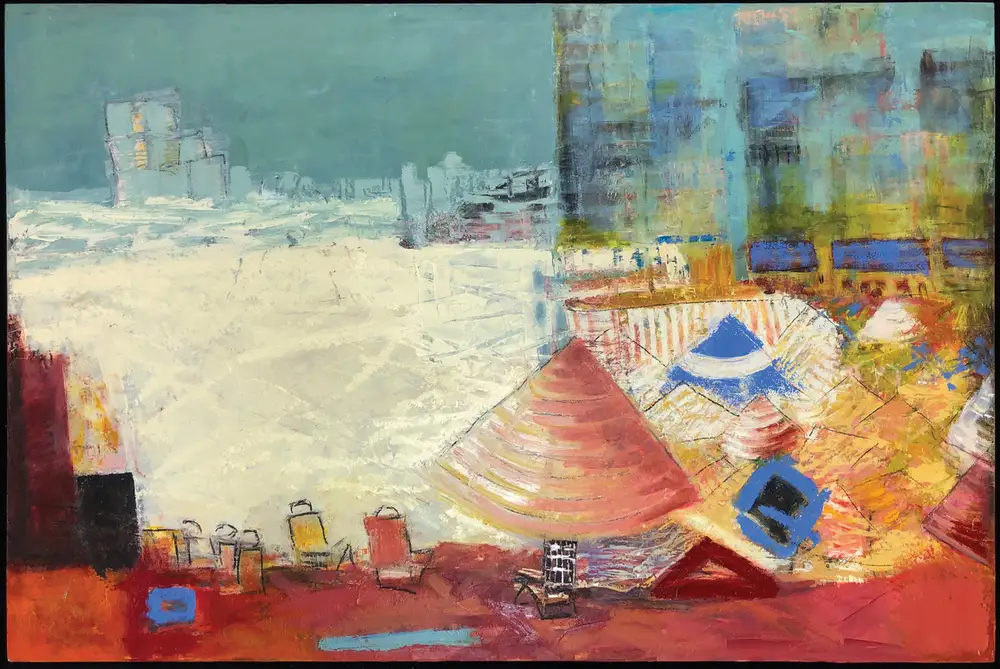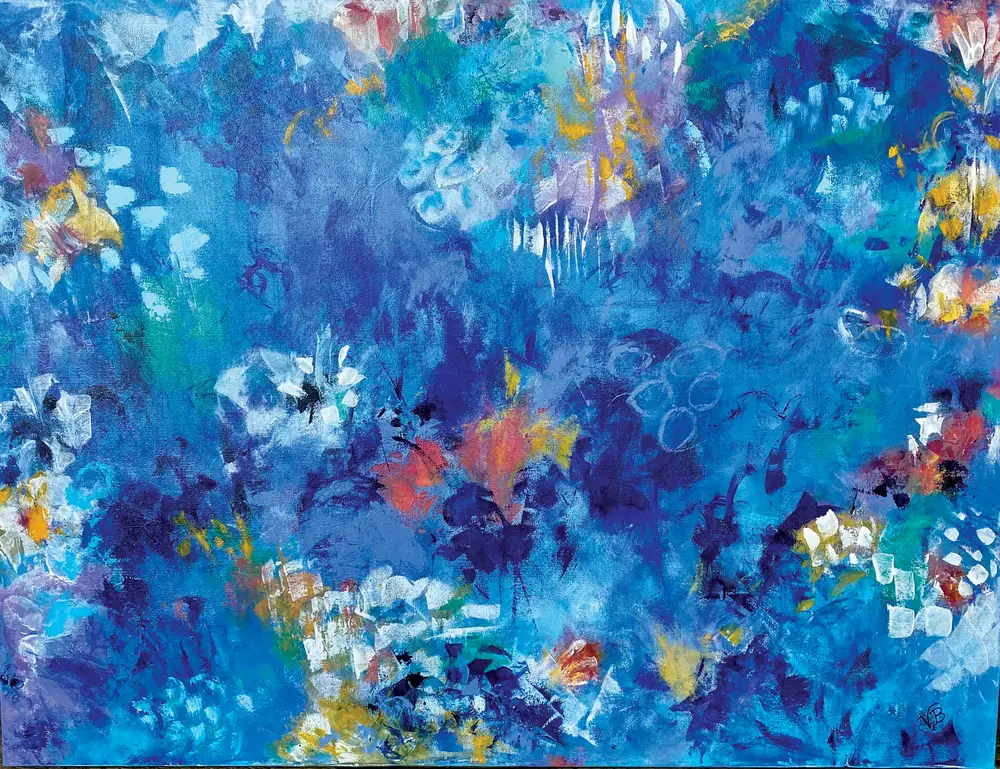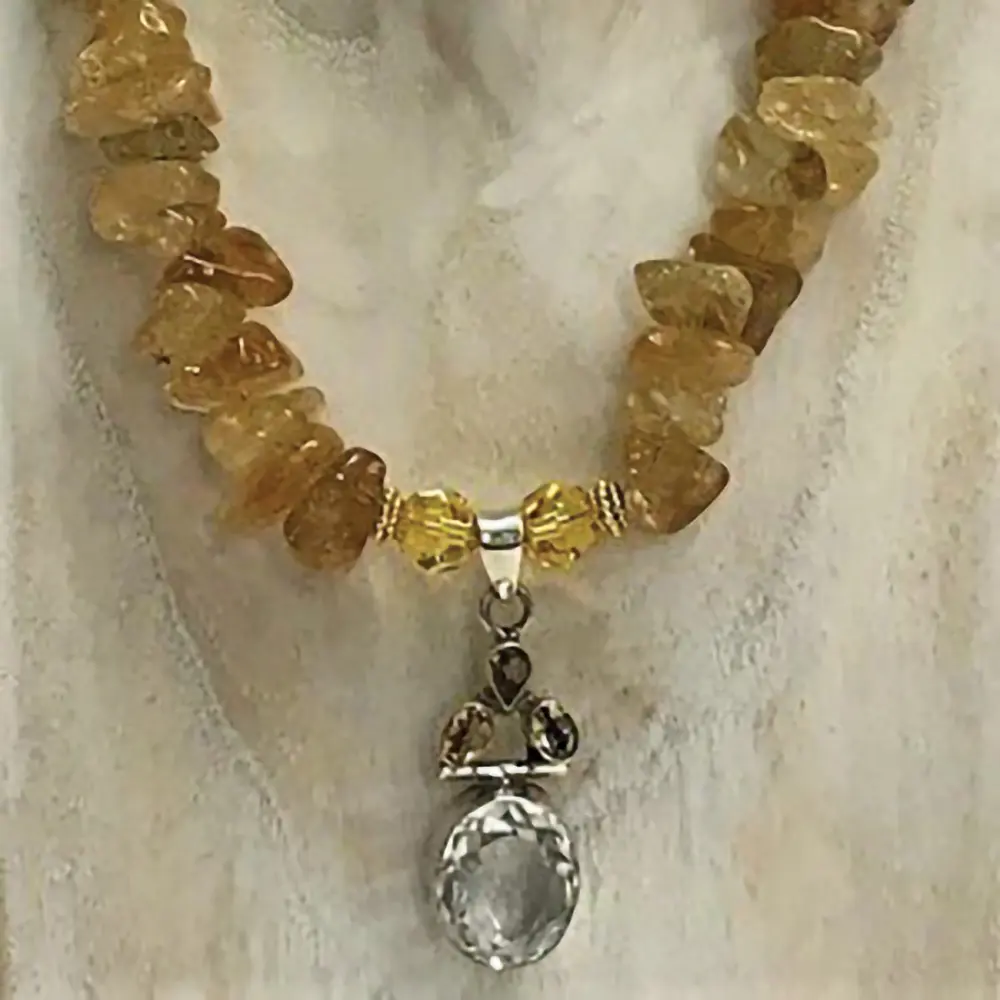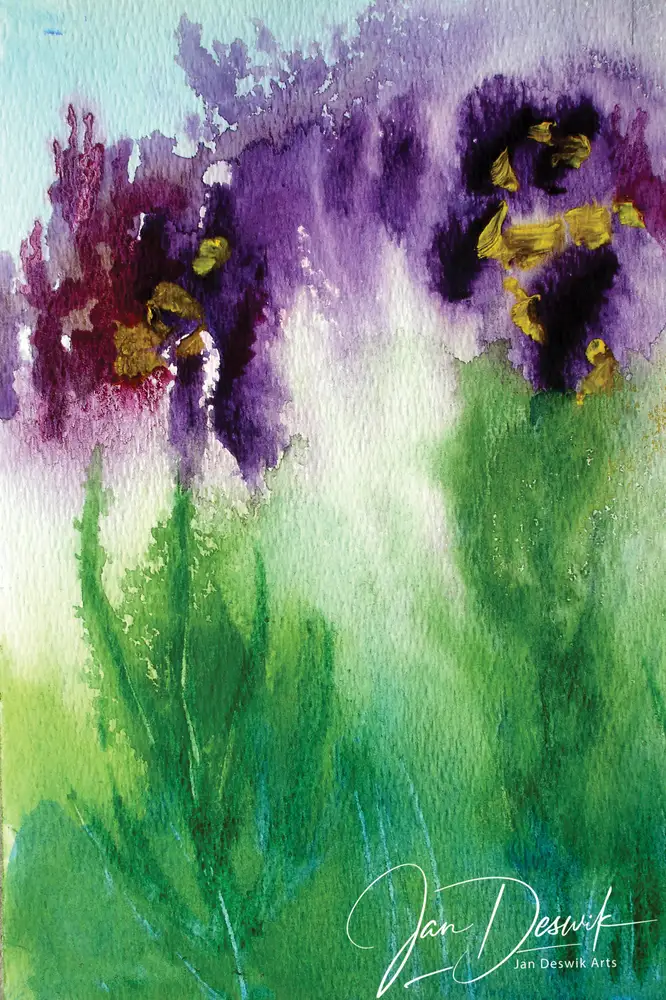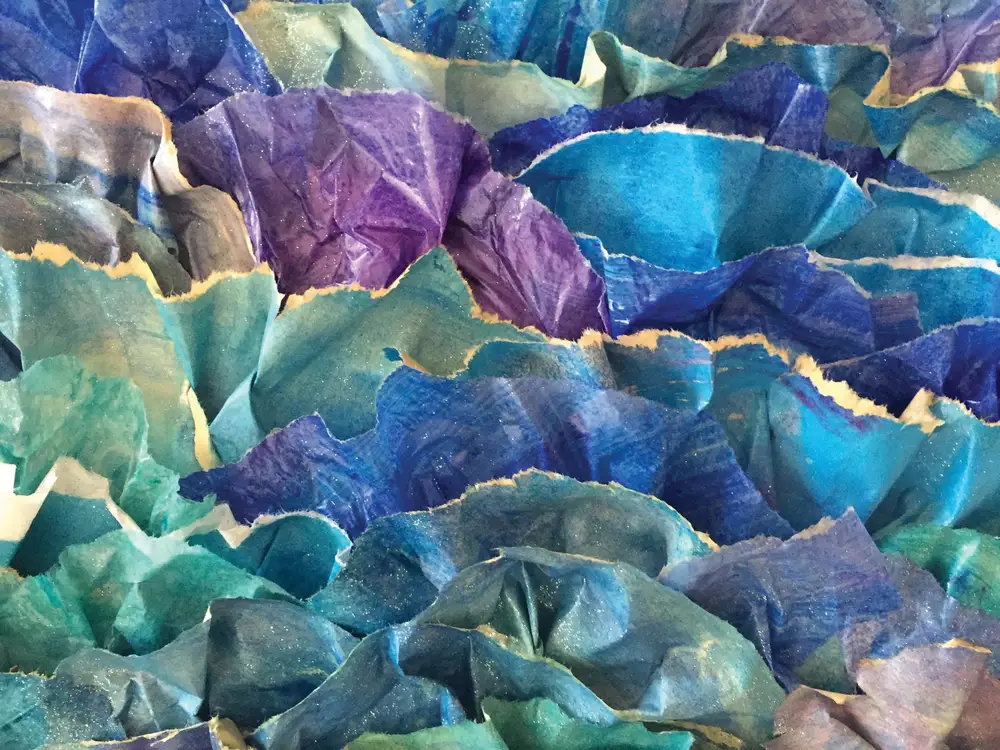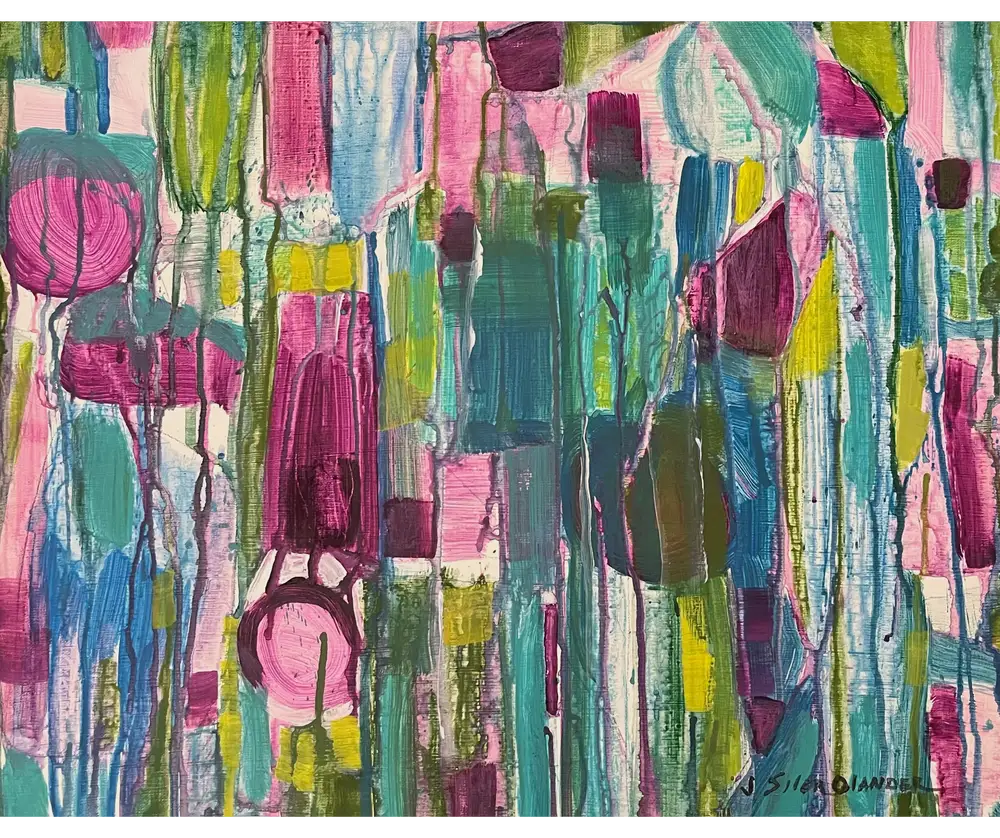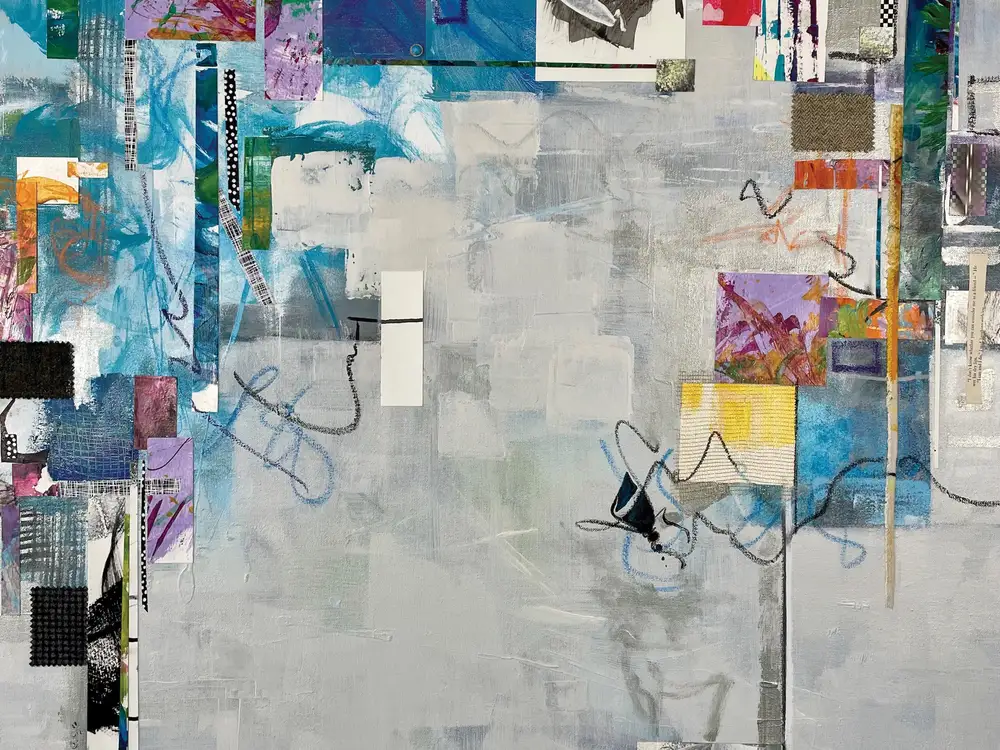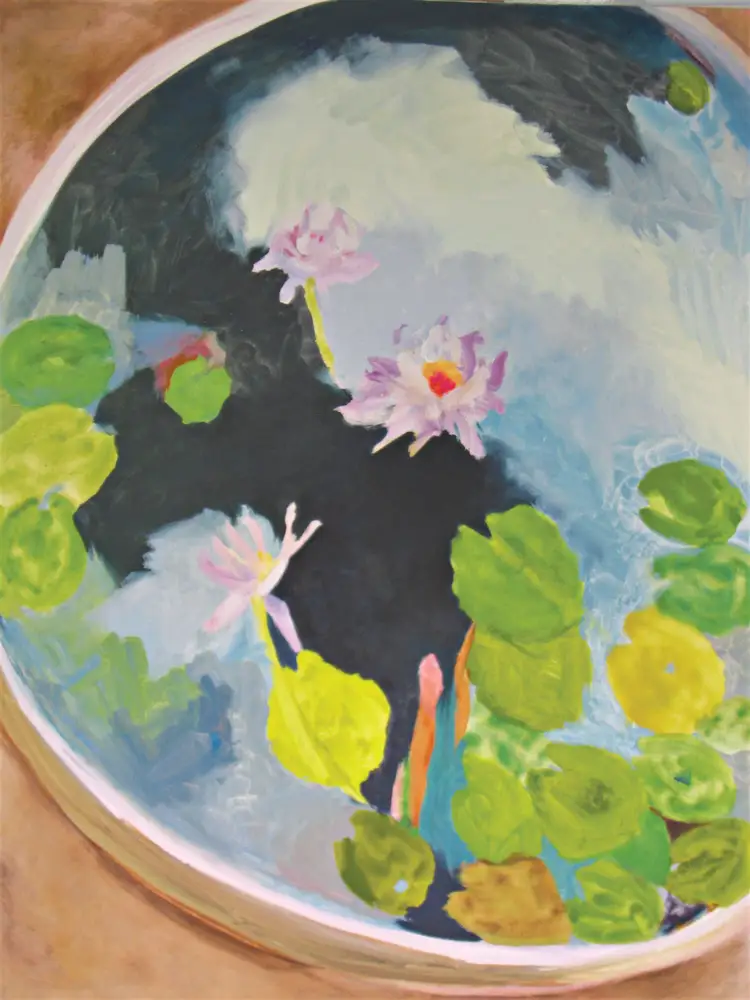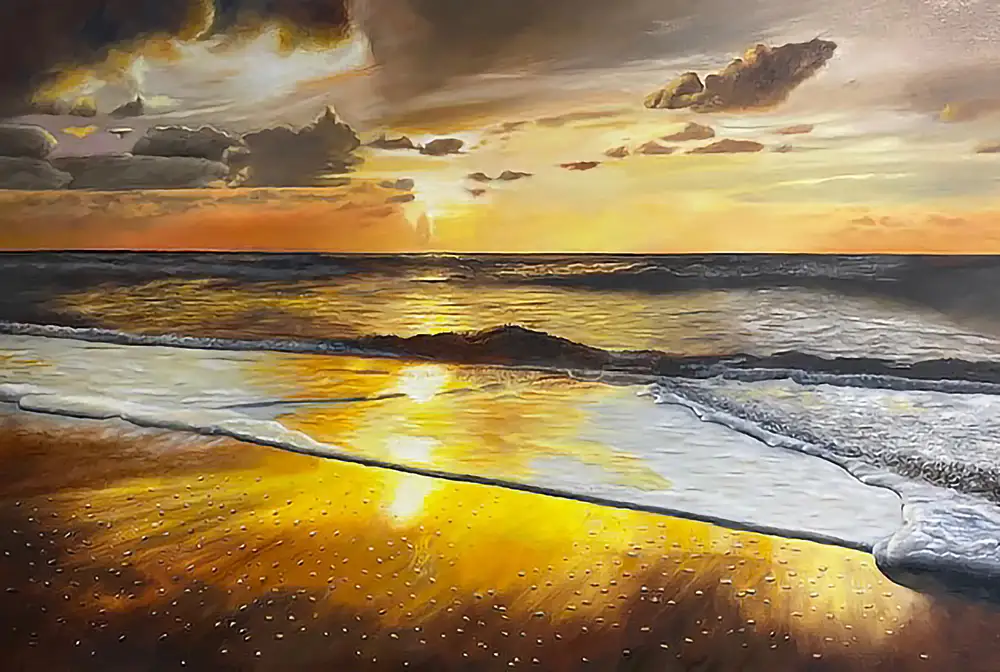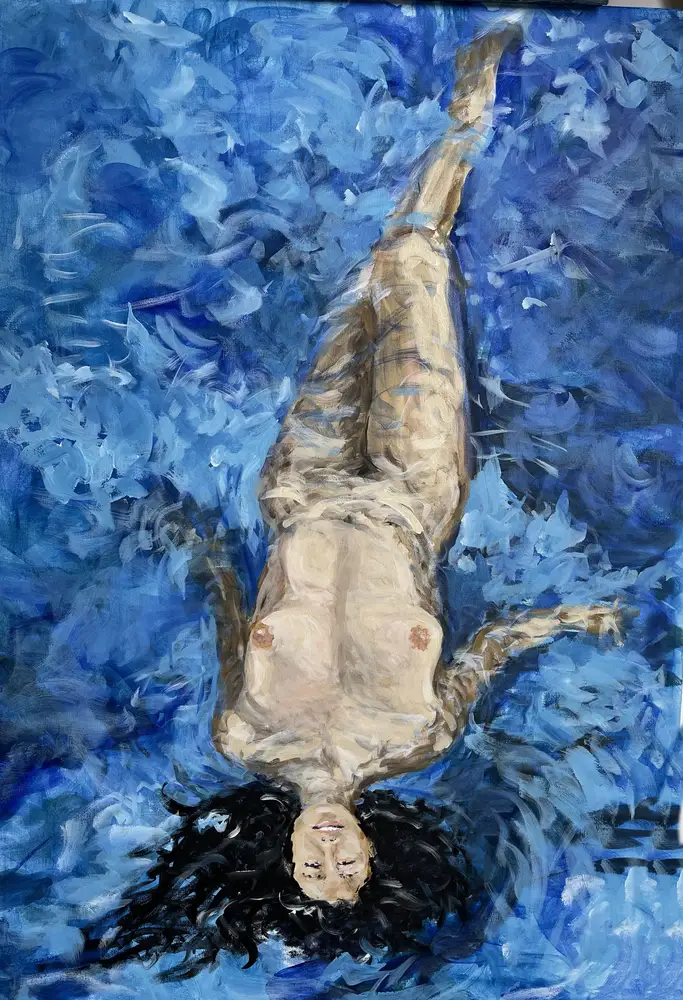Displaying Textile Art
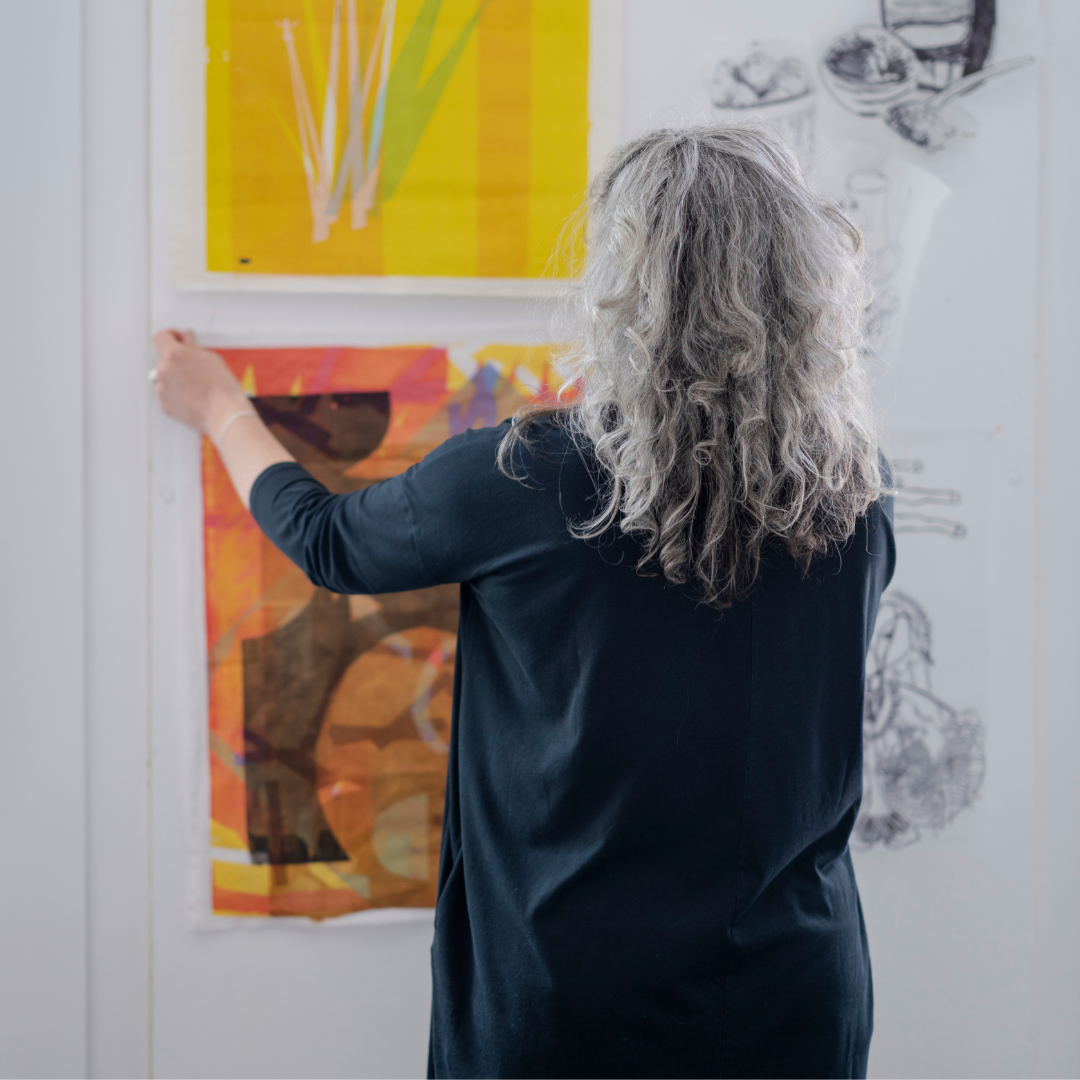
The fields of fiber and textile art in Naples, Florida have local artmakers using their creativity to innovate and push the boundaries of fine art. Fiber and textile art has been enjoying a resurgence in popularity all over, including in Southwest Florida, exploding into the mainstream fine art world. Many artists in Naples have embraced the creative possibilities that fiber materials and techniques allow.
WHAT ARE TEXTILES IN ART?
Textile art uses animal, plant, or synthetic fibers to create practical or decorative objects. Some artists use cotton, silk, wool, and other textile materials. Textiles are made through sewing, weaving, embroidery, and other needlework. Textile art pieces include things like wall hangings, rugs, clothing, and even three-dimensional sculptures created from different fibers.
Fiber textile and weaving arts are garnering more and more interest. Fiber arts are being used to share reflections of cultural heritage, thought-provoking statements about the state of the world, and reminders of the beauty in the universe.
DISPLAYING FIBER AND TEXTILE ART
There are a variety of approaches to displaying textile art. Wall-mounting is one approach. If the textile is sturdy enough, it can be hung securely and safely using carpet strips attached or even hook-and-loop fastening strips attached to a wall. Other mounting methods can be used for thin or fragile textiles, or those with heavy embellishment (e.g., beading, etc.)–for example, some can be displayed on a panel or archival matboard covered with special mounting fabric or using padded rods to hang them.
Another mounting method is framing behind an anti-static glazing material that filters out ultraviolet light. The piece of textile art should be framed carefully–some can be pressure mounted with the sheet of glazing material directly holding the piece in place; but others should be framed with an acid-free, archival matboard or spacer to separate the glazing from the textile. (Consult a professional conservator for help determining which way to go.)
A third method for displaying textile art pieces is draping. This is often accomplished by using such things as towel hooks for small to medium textiles like capes or shawls, or display ladders for larger ones such as blankets or quilts. Some people even drape textiles over curtain rods and use them as window treatments (when light exposure isn’t a concern)!
EXPERIENCE ART IN NAPLES
The Naples Art District, a 501(c)(3) non-profit organization in Naples, Florida, boasts the largest concentration of working artists in the Southwest Florida region. The unique coalition of over 90 fine artists is comprised of a variety of professional artmakers who maintain studios and galleries in the District. In this place, they can share their talents across various artistic mediums and methods. If you are planning to visit the Naples, Florida area and are interested in finding out more about the Naples Art District, feel free to check out the calendar of events, as well as the list of classes offered by member artists; or feel free to contact the organization any time via the online form or by phone at 239-249-1977.
